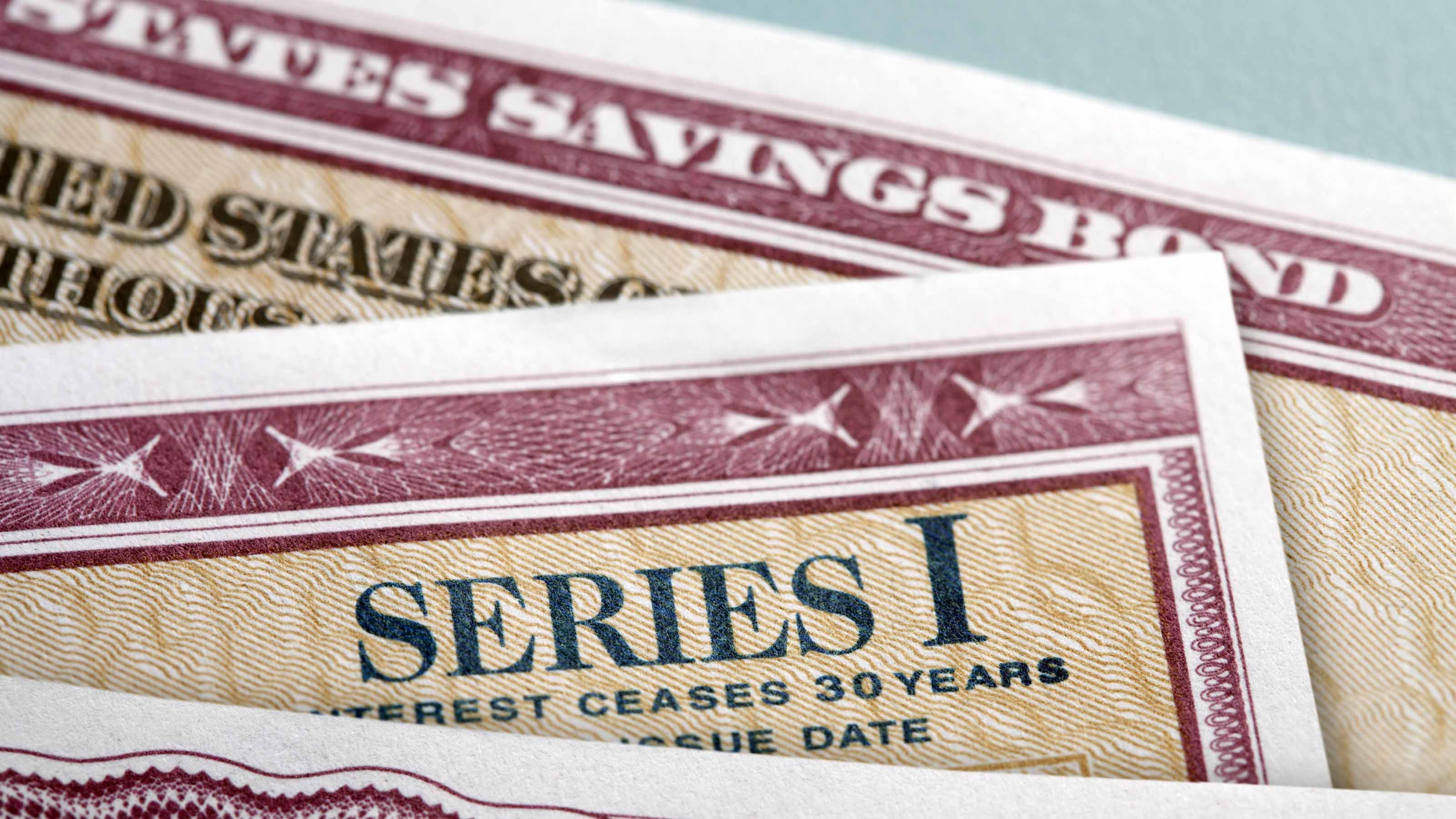Heirs Can Use NUA Tax Break for Inherited 401(k)s
This tax-saving move will result in more money in your pocket if you inherit employer stock.


Workers who have a stash of employer stock in their 401(k)s can make use of a tax-saving move known as net unrealized appreciation, or NUA. But this tax-saving move is also available to heirs who inherit 401(k)s that hold employer stock, IRA expert Ed Slott recently noted at his IRA workshop in National Harbor, Md.
Here’s how the NUA strategy works: Say a deceased worker had employer stock in his 401(k) with an original cost basis of $100,000 and a current value of $500,000. If the heir rolls assets from the 401(k) to an inherited IRA, she can split off the appreciated employer stock and roll that into a taxable brokerage account.
The heir will owe ordinary income tax on the original cost basis. When she later sells the appreciated stock from the taxable account, the NUA—the difference between the cost basis and the current market value of the employer stock—will be taxed at long-term capital-gains tax rates. Note that the heir doesn’t get a step-up in basis on the appreciated employer stock.
From just $107.88 $24.99 for Kiplinger Personal Finance
Become a smarter, better informed investor. Subscribe from just $107.88 $24.99, plus get up to 4 Special Issues

Sign up for Kiplinger’s Free Newsletters
Profit and prosper with the best of expert advice on investing, taxes, retirement, personal finance and more - straight to your e-mail.
Profit and prosper with the best of expert advice - straight to your e-mail.
If instead she rolls the appreciated employer stock into the inherited IRA along with the rest of the 401(k) assets, she’ll owe ordinary income tax on all the withdrawals, including the employer stock. And that would be a costly move tax-wise.
Her total tax bill at today’s top rates using the NUA strategy would be $117,000—$37,000 on the original cost basis at a 37% top ordinary income rate and $80,000 on the $400,000 of NUA at the top capital-gains rate of 20%. If she doesn’t use the NUA strategy, at a 37% top ordinary rate, she’d owe tax of $185,000—or $68,000 more.
Profit and prosper with the best of Kiplinger's advice on investing, taxes, retirement, personal finance and much more. Delivered daily. Enter your email in the box and click Sign Me Up.

-
 What to Do If You Plan to Make Catch-Up Contributions in 2026
What to Do If You Plan to Make Catch-Up Contributions in 2026Under new rules, you may lose an up-front deduction but gain tax-free income once you retire.
-
 If You'd Put $1,000 Into Lowe's Stock 20 Years Ago, Here's What You'd Have Today
If You'd Put $1,000 Into Lowe's Stock 20 Years Ago, Here's What You'd Have TodayLowe's stock has delivered disappointing returns recently, but it's been a great holding for truly patient investors.
-
 How to Max Out Your 401(k) in 2026 (New Limits are Higher)
How to Max Out Your 401(k) in 2026 (New Limits are Higher)In 2026, the maximum contribution limits for 401(k) plans have increased, giving you an excellent shot at maximizing your retirement savings.
-
 3 Major Changes to the Charitable Deduction for 2026
3 Major Changes to the Charitable Deduction for 2026Tax Breaks About 144 million Americans might qualify for the 2026 universal charity deduction, while high earners face new IRS limits. Here's what to know.
-
 Retirees in These 7 States Could Pay Less Property Taxes Next Year
Retirees in These 7 States Could Pay Less Property Taxes Next YearState Taxes Retirement property tax bills could be up to 65% cheaper for some older adults in 2026. Do you qualify?
-
 Estate Tax Quiz: Can You Pass the Test on the 40% Federal Rate?
Estate Tax Quiz: Can You Pass the Test on the 40% Federal Rate?Quiz How well do you know the new 2026 IRS rules for wealth transfer and the specific tax brackets that affect your heirs? Let's find out!
-
 5 Types of Gifts the IRS Won’t Tax: Even If They’re Big
5 Types of Gifts the IRS Won’t Tax: Even If They’re BigGift Tax Several categories of gifts don’t count toward annual gift tax limits. Here's what you need to know.
-
 The 'Scrooge' Strategy: How to Turn Your Old Junk Into a Tax Deduction
The 'Scrooge' Strategy: How to Turn Your Old Junk Into a Tax DeductionTax Deductions We break down the IRS rules for non-cash charitable contributions. Plus, here's a handy checklist before you donate to charity this year.
-
 Are You Middle-Class? Here's the Most Tax-Friendly State for Your Family
Are You Middle-Class? Here's the Most Tax-Friendly State for Your FamilyTax Tips We found the state with no income tax, low property tax bills and exemptions on groceries and medicine.
-
 Social Security Benefits Quiz : Do You Know the IRS Tax Rules?
Social Security Benefits Quiz : Do You Know the IRS Tax Rules?Quiz Social Security benefits often come with confusing IRS tax rules that can trip up financially savvy retirees and near-retirees.
-
 How Are I Bonds Taxed? 8 Common Situations to Know
How Are I Bonds Taxed? 8 Common Situations to KnowBonds Series I U.S. savings bonds are a popular investment, but the federal income tax consequences are anything but straightforward.